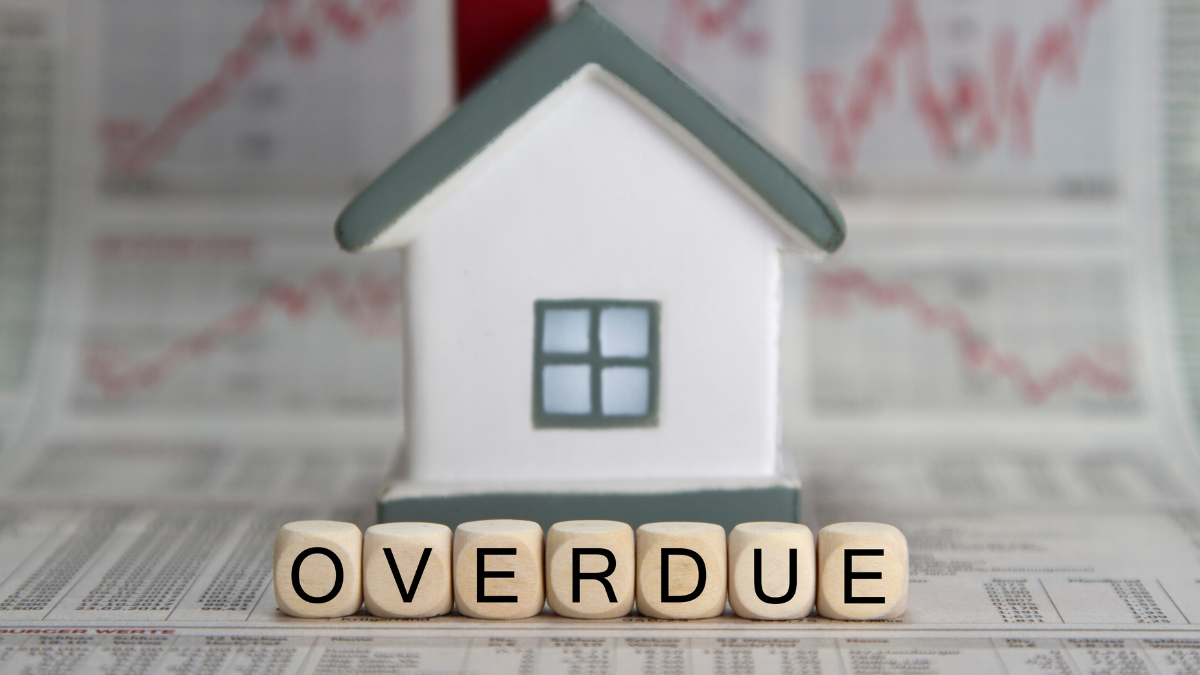Following discussions with the Treasury, he said: “I can honestly say that I would be very surprised if the government was to perform a U-turn. It has already allocated the money it will raise from investors to the tune of around £880m a year from 2020.
“There may be a few minor amendments, but ultimately landlords are being made to pay more to cover the increase in the housing budget.”
Landlords are now being urged to pay close attention to the new tax rules coming into play for residential property from April 2017.
Nimesh Shah (pictured), partner at Blick Rothenberg, said: “Investors in residential property need to be aware of this marked new change and need to start planning for their portfolios now.
“Whilst the additional 3% SDLT has created the most anxiety amongst buy-to-let investors, the restriction to interest relief may have been overlooked, but this is likely to have greater longer-term effect on after tax returns.”
Yesterday, HMRC finally issued their guidance on these changes, which include some worked examples to illustrate how landlords will be affected.
Shah said: “HMRC say in their latest guidance that ‘all residential landlords with finance costs will be affected, but only some will pay more tax.’ The statement is quite misleading as the changes could have quite far reaching effect, which most buy-to-let landlords will not appreciate.
“A number of individuals have picked up a buy-to-let property in recent years, whether that is an investment property to supplement earnings, a second home which is occasionally rented out or a property which they have inherited and decided to let out.
“It is wrong for HMRC to say ‘only some will pay more tax’, as entitlement to child benefit, personal allowance and the pension annual allowance will all be affected indirectly through how this new measure operates in practice. It would also not be an unreasonable assumption to say that the majority of buy-to-let landlords will be higher or additional rate taxpayers and they will be affected without question. This change will capture a large proportion of the buy-to-let landlord population.”
When the announcement was made at the Summer Budget, the measure was described as restricting interest relief at the 20% basic rate. However, the actual mechanism of how the restriction works has wider impact.
Shah explained: “Currently, buy-to-let landlords can deduct all their interest cost to calculate rental profits. When the new measure takes full effect, the interest cost will be completely disallowed in computing rental profits and instead a tax credit equal to 20% of the interest will be given against the person’s income tax liability.
“Whilst this may sound like what the Government intended the measure to achieve, the fact the interest is completely disallowed means the individual will have higher overall taxable income.”
He added: “This could push an individual into a higher rate of income tax (40%/45%), start to reduce their personal allowance (if their income now starts to exceed £100,000), affect their entitlement to child benefit and restrict the amount on which they can claim tax relief for pensions.”
The following two examples highlight some of the issues:
Example 1
Susan is retired and owns a number of residential buy-to-let properties. Her only source of income is the rents from her residential property portfolio which total £60,000 per annum. She has mortgages on the properties and she pays annual interest of £25,000. Therefore, her net profit before tax is £35,000.
Susan’s income tax position and net profit after tax over the next five years is as follows:
| |
100% |
75% |
50% |
25% |
|
| Tax year |
2016/17 |
2017/18 |
2018/19 |
2019/20 |
2020/21 |
| |
|
|
|
|
|
| Rental income |
60,000 |
60,000 |
60,000 |
60,000 |
60,000 |
| Loan interest |
(25,000) |
(18,750) |
(12,500) |
(6,250) |
- |
| Net rental income |
35,000 |
41,250 |
47,500 |
53,750 |
60,000 |
| |
|
|
|
|
|
| Less: personal allowance |
(11,000) |
(11,000) |
(11,000) |
(11,000) |
(11,000) |
| |
|
|
|
|
|
| Taxable income |
24,000 |
30,250 |
36,500 |
42,750 |
49,000 |
| |
|
|
|
|
|
| Income tax payable |
4,800 |
6,050 |
8,200 |
10,700 |
13,200 |
| 20% tax credit for interest cost |
- |
1,250 |
2,500 |
3,750 |
5,000 |
| Total income tax payable |
4,800 |
4,800 |
5,700 |
6,950 |
8,200 |
| |
|
|
|
|
|
| Net profit after tax |
30,200 |
30,200 |
29,300 |
28,050 |
26,800
|
Example 2
Peter is employed and earns £80,000 in salary and bonuses per annum. As well as his employment income, Peter owns a buy-to-let residential property from which he receives £40,000 a year. Peter has a mortgage on the property and pays £25,000 interest per annum, so that his net rental profit before tax is £15,000.
Peter’s income tax position and net profit after tax over the next 5 years is as follows:
| |
100% |
75% |
50% |
25% |
|
| Tax year |
2016/17 |
2017/18 |
2018/19 |
2019/20 |
2020/21 |
| |
|
|
|
|
|
| Employment income |
80,000 |
80,000 |
80,000 |
80,000 |
80,000 |
| |
|
|
|
|
|
| Rental income |
40,000 |
40,000 |
40,000 |
40,000 |
40,000 |
| Loan interest |
(25,000) |
(18,750) |
(12,500) |
(6,250) |
- |
| Total income |
95,000 |
101,250 |
107,500 |
113,750 |
120,000 |
| |
|
|
|
|
|
| Less: personal allowance |
(11,000) |
(10,375) |
(7,250) |
(4,125) |
(1,000) |
| |
|
|
|
|
|
| Taxable income |
84,000 |
90,875 |
100,250 |
109,625 |
119,000 |
| |
|
|
|
|
|
| Income tax payable |
27,200 |
29,950 |
33,700 |
37,450 |
41,200 |
| 20% tax credit for interest cost |
- |
(1,250) |
(2,500) |
(3,750) |
(5,000) |
| Total income tax payable |
27,200 |
28,700 |
31,200 |
33,700 |
36,200 |
| |
|
|
|
|
|
| Net rental profit after tax |
9,000 |
7,500 |
5,000 |
2,500 |
- |
| |
|
|
|
|
|
The above illustrations are but two examples of how the measures have wider effect than simply restricting the tax relief on the mortgage interest cost. Buy-to-let investors should urgently review their portfolios and mortgages and calculate the exact impact on their after tax returns.
Want to comment on this story? Our focus is on providing a platform for you to share your insights and views and we welcome contributions.
If any post is considered to victimise, harass, degrade or intimidate an individual or group of individuals, then the post may be deleted and the individual immediately banned from posting in future.
Please help us by reporting comments you consider to be unduly offensive so we can review and take action if necessary. Thank you.















.jpg)









%20(002).png)




.png)






Join the conversation
Jump to latest comment and add your reply
Maybe they should have both incorporated their portfolios. Hmrc can not be blamed if investors fail to limit their exposure to tax.
Even if I can understand the reason to impose more tax on landlords, it is totally unfair to calculate rental profits without interest. I have to pay child maintenance at 19% of my rental profits and so not only will the tax go up massively but my child maintenance contrivitions will more than double which is something I simply cannot afford
Incorporate.
The csa can't touch profit within a company. Only the income you pull out of it. If you aim for the LEL for your income you pay 0% national insurance contributions too. Ironically you might also be entitled to working tax credits.
Paul Knox clearly knows nothing of incorporation costs. Maybe he should do a modicum of research before posting such unhelpful advice?!
Being that I run an incorporated company that holds my property portfolio.......
Yes I know that mortgages for a ltd company are higher, that the legal fees for a purchase are around 3 times the cost. However I accept them and run my business.
thanks but there are CGT and SDLT implications so that makes it unviable.
I gave just done my calculations - my income AFTER tax and child maintenance is currently £29k and as a result of the tax changes it will be £9k. That's my reality.
Please login to comment